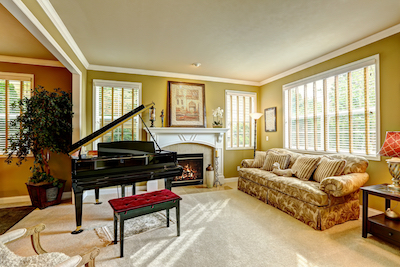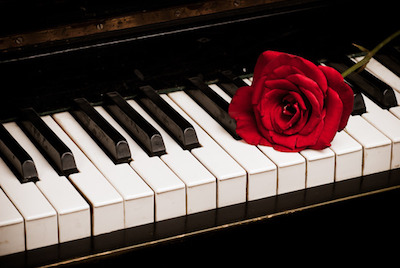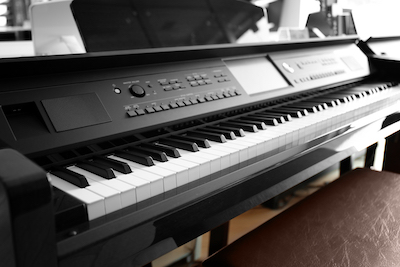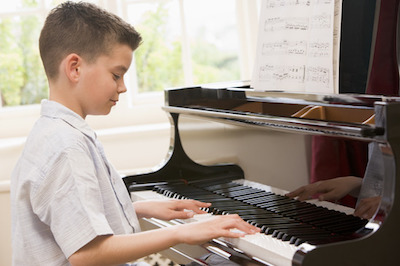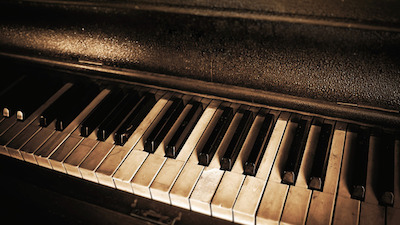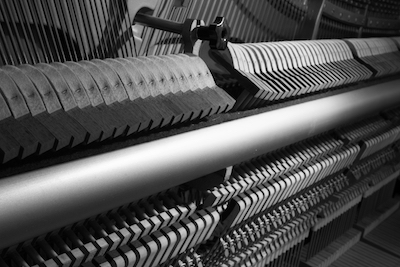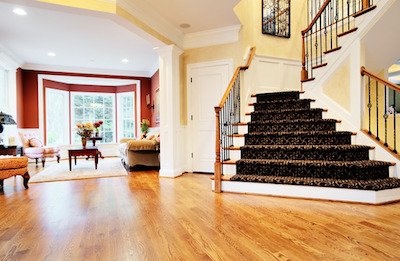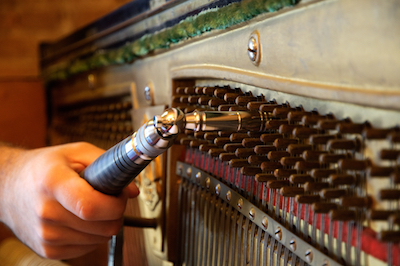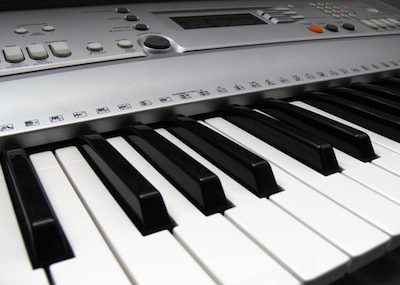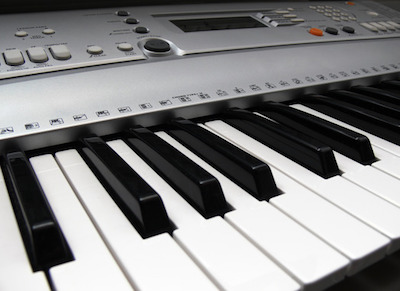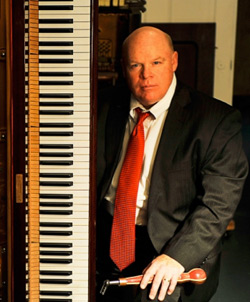Do you love playing the piano? We do too. But if you’ve been playing the piano for any length of time, there are a few problems you’ll have that only another piano player will understand.
Trying to play when your fingers won’t cooperate
You sit down to play. You know the music very well. But somewhere between your brain and your fingers the message gets lost. Your fingers simply won’t cooperate and play what you want them to play. Sit back. Take a deep breath. Flex your fingers a bit, and try again.
Playing with cold fingers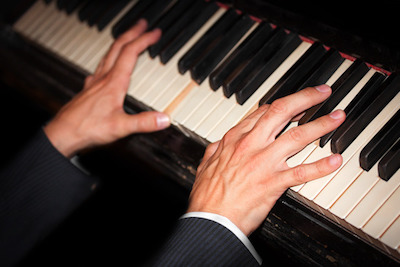
Cold fingers aren’t as nimble as they are when they warm up. They seem to feel stiff and even a little numb. While you might prefer to practice in a cool room, warm up your fingers before you sit down to play at your optimum ability.
When you forget a piece you’ve played for ages
Nothing can be more frustrating than knowing you can play a favorite piece of music well, then sitting down and forgetting where to start. Focus. You often forget because you’re in a new place or playing in front of people. Take a few extra minutes to calm, and focus on what notes you need to play.
When you play perfectly by yourself, but mess up every time you’re with someone else
When you’ve practiced to perfection, it’s fun to sit down and play for your teacher, family, or friends. Yet no matter how many times you nailed it playing on your own, you mess up when you play for someone else. Nerves are a funny thing. Even if you aren’t nervous, your fingers can often seem like they have a mind of their own. Relax. Try it again.
You want to play piano everywhere you go
Have you ever walked into a room with a beautiful baby grand front and center? Of course, you have to give it a whirl. How can you keep your hands off such a beautiful instrument?
You know when you’re piano is out of tune
You sit down to practice and you hit “that note.” You know which one I’m talking about. It sounded perfect the day before, but suddenly it sounds … off. And you can’t help but notice again and again. That’s why true pianists have a professional tuner they can call in at any time. You can’t play if it’s out of tune, right?
You never want to stop
Playing the piano is something that gives you joy. You never want to stop. And the good thing about playing the piano, is you never have to. Piano is one of those activities you can do whether you’re 5 or 105. It’s a stress reliever. It’s a memory maker. No matter what your age, it’s an activity you’ll enjoy throughout your life.
